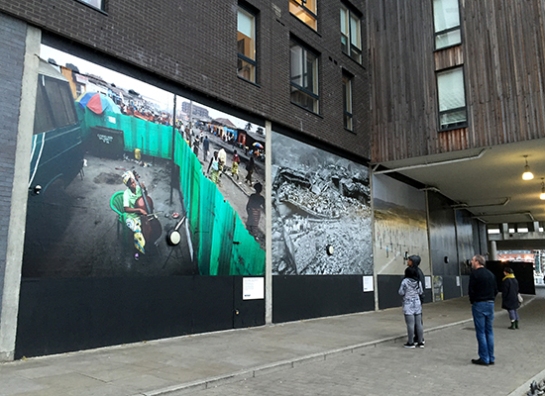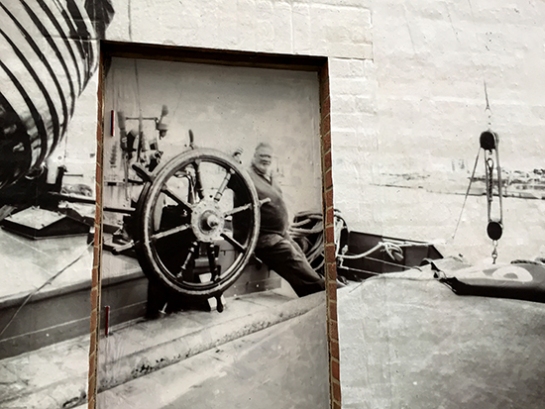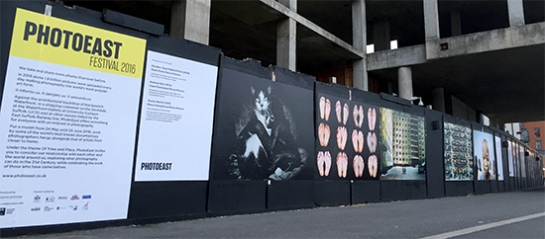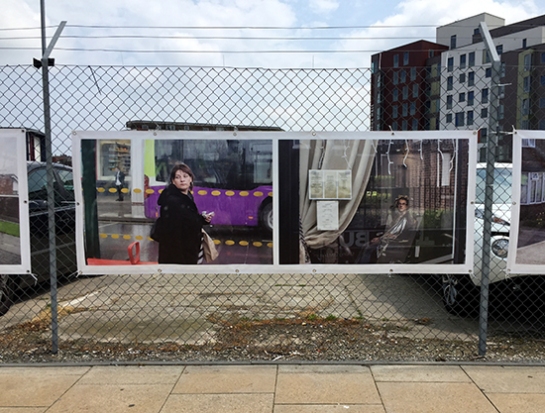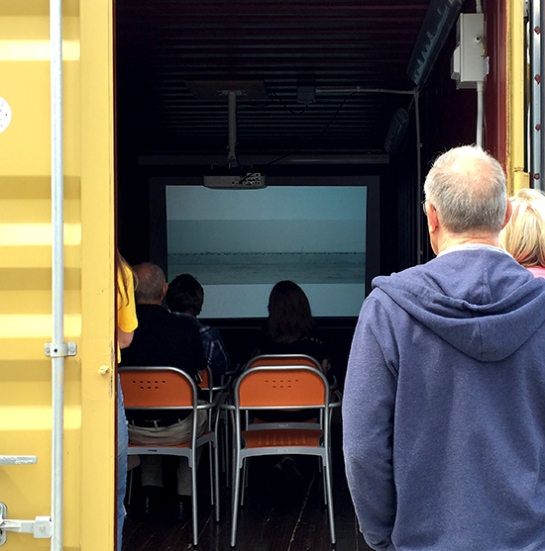September is a busy month for me in the run-up to the start of a new academic year, hence no new posts here for a month. However, I’ve been far from idle and I’m proud to announce one particular project is about to come to fruition. ‘This is us’ is something I’ve been working on with colleagues at University Campus Suffolk for a few months now, with the launch set for Tuesday 29 September and press ads to hit the news-stands from 1 October.

3 of the 11 portraits in the UCS Waterfront Building lobby
The campaign was envisaged by UCS Provost Richard Lister who wanted to celebrate the individual stories of both students and staff at the institution as it turns seven years old this September. After initial idea sessions between Richard, Graphic Design Senior Lecturer Russell Walker, UCS Head of Marketing Michelle Wootton, Photography Lecturer Matthew Andrew and myself, we decided large portraits of some of the individuals who have been involved in the UCS story over the last seven years would be appropriately fitting.

UCS Librarian Becky Blunk—Becky is American, before anyone comments on the spelling
After Michelle selected some initial candidates for the project, Matthew set about shooting them in-house at UCS over the summer. Michelle then copy-wrote the text based on interviews with all the sitters while I worked on handwriting samples, scanning them in at ridiculously high resolutions and cutting them about to compliment Matthew’s stunning portraits.

Course Leader and Senior Lecturer for Photography, Mark Edwards
After Matthew had finished the post-production, we worked closely with printing and hanging the images, using a low tack and re-positional adhesive paper that was completely new to us. The scale creates a dramatic statement as you enter the UCS Waterfront Building lobby, where the 11 images are currently hung.

Esther Faniyan, current BSc (Hons) Bioscience student

UCS receptionist, Jon Coy
It is hoped that this project will develop into more portraits and stories over the coming years, but in the meantime, the full scale images can be seen in the UCS Waterfront Building until the end of October, and over the coming weeks will be run as press ads, one-a-week, in the East Anglian Daily Times which will expand upon the sitters’ stories. Alongside this, postcard packs will provide further information about the individuals’ accounts of their time at UCS.

It has been an honour to work alongside my colleagues on ‘This is us’ and it has been a mark of pride to be able to help showcase the difference UCS is making not just to Ipswich and East Anglia, but to the individuals involved; from students to academic and support staff.
For more information, go to: ucs.ac.uk/thisisus
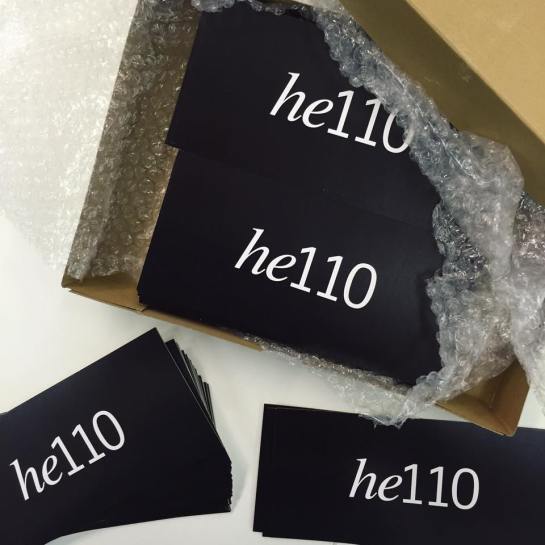
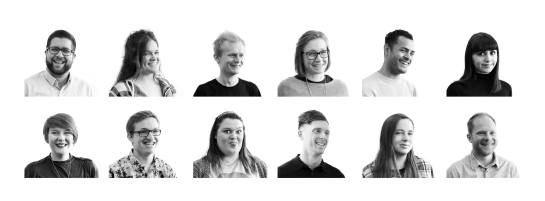 The show opens to the public on 3 June in the UCS Arts Building, (weekdays 10:00–18:00; weekends 11:00–15:00), with the Private View on the evening of 2 June from 18:15–21:00.
The show opens to the public on 3 June in the UCS Arts Building, (weekdays 10:00–18:00; weekends 11:00–15:00), with the Private View on the evening of 2 June from 18:15–21:00.